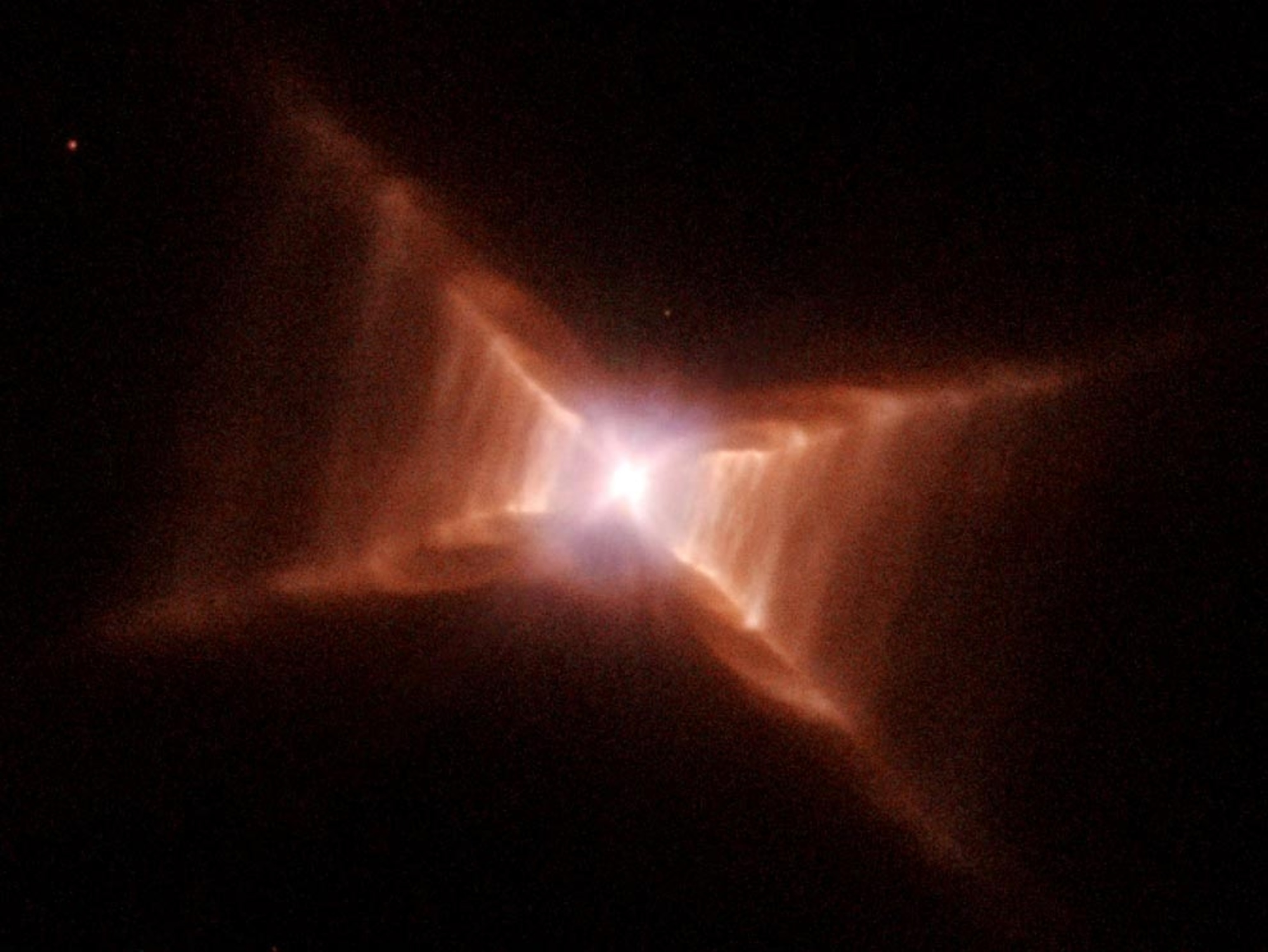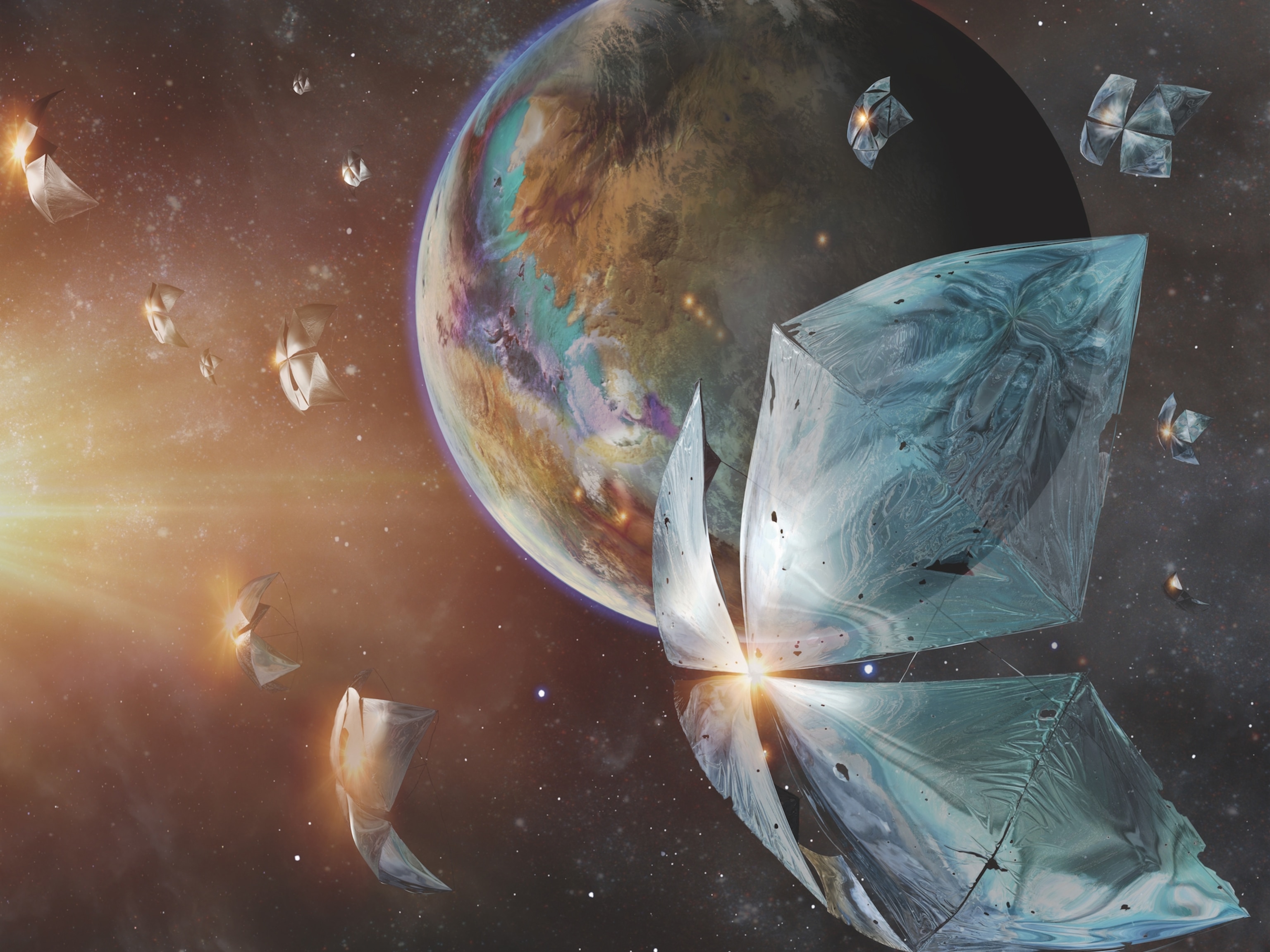
Other 'Earths' are out there. Here are the best places to look.
A new catalog of more than 1,800 stars should increase the chances of spotting worlds like our own in our cosmic backyard.
Alien worlds are abundant in our galaxy. Thanks to the now retired Kepler space telescope, we know that most stars in our galaxy have planets of some kind. Some are gassy behemoths like Jupiter. Some are icy giants like Neptune. And based on the handful of known worlds that have the potential to support life, it’s likely that a few billion worlds out there have a lot in common with Earth.
Now, thanks to Kepler’s successor, we may know the best places to find them.
A paper out today in the Astrophysical Journal Letters reveals a detailed game plan for the top 1,822 stars to target with the Transiting Exoplanet Survey Satellite or, TESS. Launched in 2018, TESS has been tasked with picking up the exoplanet baton and diving deeper into what these distant worlds look like, especially rocky planets that orbit small nearby stars. (Read more about the hunt for extraterrestrial life.)
TESS is fully up and running and will soon begin examining these nearby stars, searching for the tiny dips in brightness that signal a planet in orbit. But first, the team created the TESS Habitable Zone Stars Catalog to help increase their chances of finding not just a few Earth-like planets, but thousands.
“In the stable of 400,000 stars that TESS is looking at, we wonder which are the stars that we should take really good note of, because these are the ones where we can actually find a planet that will get the same energy from its star that we get from our own,” says study leader Lisa Kaltenegger, director of the Carl Sagan Institute at Cornell University. “We don’t know if that would mean it could have life, but it would be equal in energy, so it could be a similar environment to Earth.”
Close cousins
The new catalog takes into account a few factors that play a role in locating Earth-size planets: how long the planet takes to orbit its host star, how likely we are to observe it crossing the face of its host star twice, how much radiation the planet receives, and the size of its host star. That last point matters because small rocky worlds like Earth are much easier for TESS to see when they orbit smaller, dimmer stars.
“The reason that we're interested in playing around with small stars is not just that they're different and interesting and cool laboratories, but because they are just fundamentally way easier for us to observe,” says Zach Berta-Thompson, an assistant professor of astronomy at the University of Colorado Boulder who was not involved in the study.
See Sparkling Pictures of Stars
Most of the 1,822 stars in the catalog are cooler, redder stars that are significantly closer to Earth compared to what Kepler found during its time staring at the sky. Most of the stars Kepler observed were hundreds of light-years away, whereas the TESS catalog has selected stars that are an average of 30-light years distant. This relative proximity allows TESS to study the stars and any newfound planets in depth, and it means scientists can more easily follow up with ground-based telescopes.
The ultimate goal is not just to find as many Earth-like planets as possible, but to hopefully find out of there is life on any of these alien worlds. Eventually, the team hopes to use the James Webb Space Telescope, slated to launch in 2021, to examine exoplanets for chemical clues that show what these planets’ atmospheres are made of.
“There are some planets where we can probably study their atmospheres and learn something about how they're made and how they work,” Berta-Thompson says.
Go-to targets
In addition, these detections will help us understand more about how planets and solar systems form—and may even offer clues to the conditions needed for life to arise and thrive.
One concern with looking for other Earths around these small red stars is that they can be quite volatile, ejecting bursts of harmful solar radiation at a more frenetic pace than our sun. But Kaltenegger and her team argue that such fears are grounded in our Earth-centric understanding of how life evolves.
“A lot of times when we talk about problems of habitability around these cool stars, we’re thinking about you and me, not smaller life-forms or microorganisms that have evolved to survive there,” she says.
With data from TESS, Kalteneggerwants to be able to stand in her backyard, look up at the sky, and know that she’s looking at not just one other Earth, but many.
“TESS is surveying the closest stars in the galaxy, and so in a very real sense, the potentially habitable planets that TESS will find will be the best targets for us to study for decades or even centuries to come,” Berta-Thompson says. “There are no closer stars out there, and so whenever we build our bigger telescope in the future, these will always be our go-to targets.”











